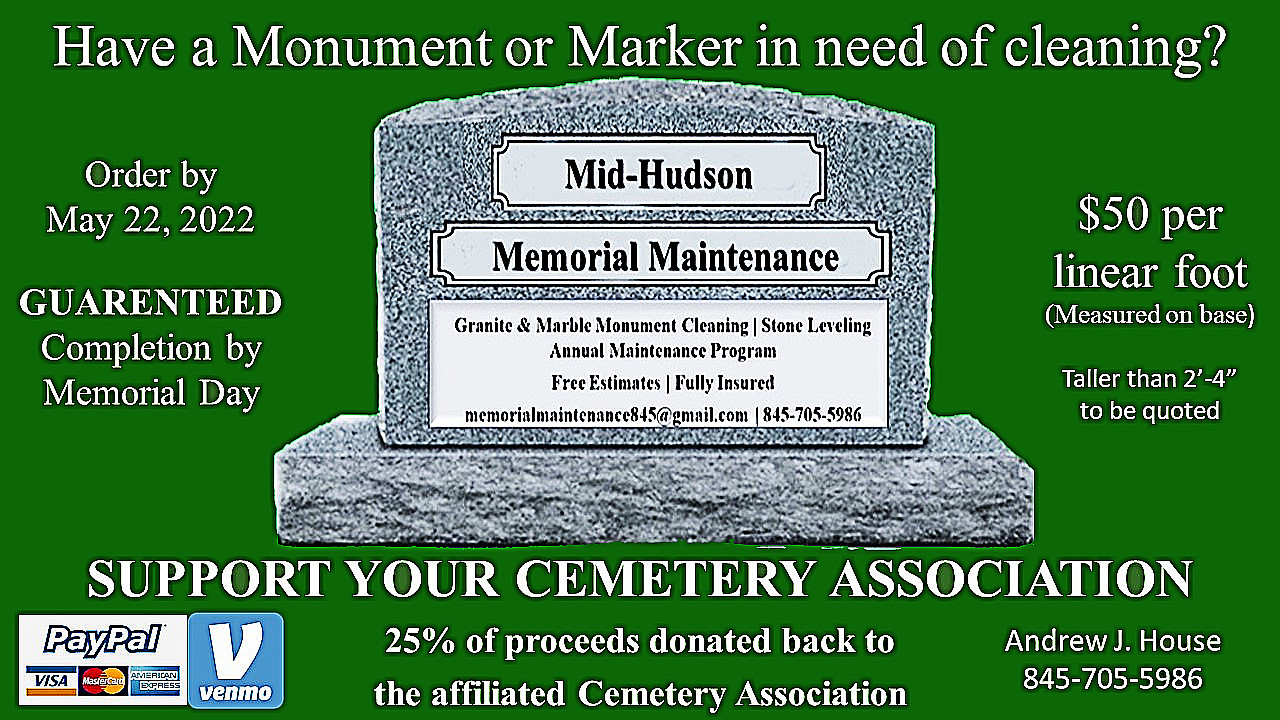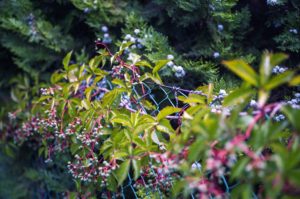Tallamy’s Nature’s Best Hope; How Home Gardeners
Can Help Stop Ecosystem Collapse
By Thomas Christopher
Douglas Tallamy has published a new book, Nature’s Best Hope, and I’m counting on it to continue the revolution started by the publication of his first book eleven years ago. That first book, Bringing Nature Home, was an unexpected best seller. Tallamy is an entomologist, an ecologist who studies insects, at the University of Delaware, and he has confessed that he didn’t expect to reach such a wide audience. Books about insects, after all, don’t tend to attract wide audiences.
Tallamy’s message, however, hit home with gardeners and nature-loving homeowners across the country. Insects, he pointed out, play a key role in the natural food chain. They eat the plants that harvest the energy of the sun and so pass it along to all the types of wildlife that eat them. If , Tallamy explained, you banish insects from your garden, you will also banish birds, most of whom depend on insects for their food. In particular, you penalize nesting birds, which overwhelmingly rely on caterpillars to feed their chicks.
Tallamy’s new book, Nature’s Best Hope, adds lots of fresh information and fresh ideas. In his first book, he suggested that using plants of foreign origin in our gardens starves the food chain because our native insects don’t recognize or feed on such exotic fare. In the new book, he backs this up with proof, citing a recent study by one of his students, Desiree Narango. Narango compared the outcomes for nesting chickadees in a Washington D.C. suburb, comparing those that located in yards with mostly native plants with those that located in yards with mostly exotic ones. The differences were clear and marked: the birds in the exotic-dominated yards on average raised 1.2 fewer chicks and required an extra day and a half to complete the process. That was enough to ensure that the chickadee population in the exotic-dominated areas could not even maintain itself, but instead was condemned to dwindle.
And for those who plant exotic plants such as bush or Japanese honeysuckle because they believe the colorful fall fruits will nourish songbirds, Tallamy replies that they are right – and wrong. Unlike the fruits of native plants such as Virginia creeper and spicebush, which are rich in the fats that migrating birds need, the exotic fruits are typically rich in sugars, which do not benefit birds at this critical season.
Besides recommending that gardeners stick mostly with native plants, Tallamy also directs them to a convenient (and free) online database for selecting species adapted to each region that are especially attractive to caterpillars, compiled for the National Wildlife Federation by Tallamy’s research assistant, Kimberley Shropshire. Go to the “Native Plant Finder” on the National Wildlife Federation website, https://www.nwf.org/NativePlantFinder/ and type in your zip code. The Finder will respond with a select list of trees, shrubs, and perennials native to your area that are especially attractive to caterpillars.
One thing I especially appreciate in Tallamy’s writing is his knack for making complex ecological concepts intelligible. I can grasp that an ecosystem is a community of interacting organisms and their physical environment. When it comes to defining ecosystem function, however, I am frankly baffled by Google’s explanation that this means “natural processes or exchange of energy that take place in various plant and animal communities of different biomes of the world.” Tallamy simply compares ecosystem function to a complex machine, which operates most efficiently when all the many pieces are in place and in good repair. Unlike the machine, Tallamy adds, an ecosystem can continue to function somewhat as pieces – species of plants or animals – are removed, but the efficiency steadily, and eventually drastically, degrades. Another way ecosystems differ from machines, Tallamy adds, is that the more pieces ecosystems contain, the better they run. This I can grasp.
The take home message of this book is that we are facing a crisis as ecosystem function degrades all across the United States. Tallamy asserts that this is reversible if gardeners and homeowners combine to plant native species, creating what he calls “homegrown national parks.” This is a welcome, optimistic message in an age when too often, pessimism prevails, paralyzing us all.
I heard Douglas Tallamy speak at the Berkshire Botanical Garden’s Rooted in Place ecological gardening symposium last November; his talk was greeted with a standing ovation. If you would like to hear him in his own words, I suggest you download an interview I conducted at my website, thomaschristophergardens.com. https://www.thomaschristophergardens.com/podcasts/douglas-tallamy-insects-and-plants
 Thomas Christopher is the co-author of “Garden Revolution” (Timber Press, 2016) and is a volunteer at Berkshire Botanical Garden. berkshirebotanical.org Be-a-Better-Gardener is a community service of Berkshire Botanical Garden, one of the nation’s oldest botanical gardens in Stockbridge, MA. Its mission to provide knowledge of gardening and the environment through 25 display gardens and a diverse range of classes informs and inspires thousands of students and visitors on horticultural topics every year. Thomas Christopher is the co-author of Garden Revolution (Timber press, 2016) and is a volunteer at Berkshire Botanical Garden. berkshirebotanical.org.
Thomas Christopher is the co-author of “Garden Revolution” (Timber Press, 2016) and is a volunteer at Berkshire Botanical Garden. berkshirebotanical.org Be-a-Better-Gardener is a community service of Berkshire Botanical Garden, one of the nation’s oldest botanical gardens in Stockbridge, MA. Its mission to provide knowledge of gardening and the environment through 25 display gardens and a diverse range of classes informs and inspires thousands of students and visitors on horticultural topics every year. Thomas Christopher is the co-author of Garden Revolution (Timber press, 2016) and is a volunteer at Berkshire Botanical Garden. berkshirebotanical.org.


